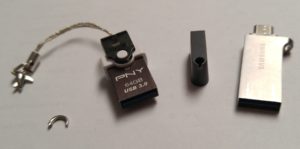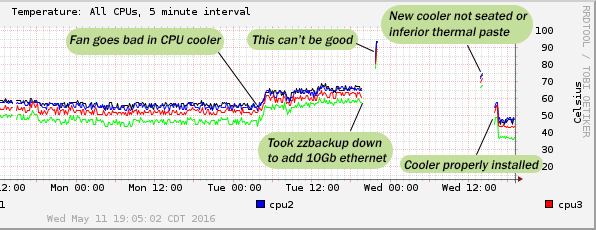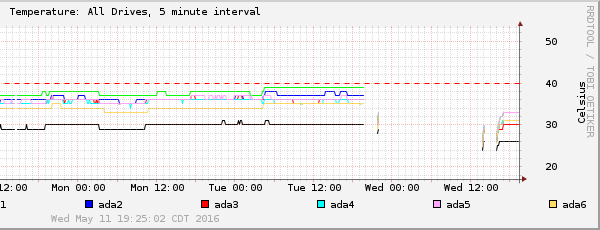I see I remembered some details wrong, including the number of platters (it’s 6, not 5).
Quoting the IBM article:
The IBM 1311 Disk Storage Drive provided storage for 2 million characters. Developers of the 1311 engineered twice the recording density of the IBM 1301 Disk Storage Unit by reducing the space between the head and the disk by about a factor of two.
The 1311 used the IBM Disk Pack (later designated the IBM 1316 ), an interchangeable package containing six 14-inch-diameter disks in a four-inch stack, weighing 10 pounds (seen above in the man’s left hand). Each disk surface contained 20 pie-shaped regions. Sectors were segments of track lying within a region, and were the smallest addressable unit, with a capacity of 100 characters. Average access time to any sector was 250 milliseconds, which could be reduced to 150 milliseconds with an optional direct-seek feature. The disks were rotated at 1500 rpm, tracks (50 to the inch) were recorded at up to 1025 bits per inch, and the usual head-to-surface spacing was 125 microinches. The ten recording surfaces provided in normal usage a storage capacity of 2 million characters, the equivalent of approximately 25,000 punched cards or a fifth of a reel of magnetic tape.
We had the “direct-seek” feature, which as I remember it meant the heads didn’t return to the outer edge before starting the next seek.
Note those units—some of you are perhaps old enough to remember milliseconds!
Only 1,500 RPM. It’s gradually gone up, so that enterprise high-performance rotating disks today are 15,000 RPM (but lots of people needing that kind of performance are using SSDs instead).
As I recall the 1401 didn’t use the fixed sectoring; or maybe what we used was layered on top of that or something. It’s been a while now. My memories aren’t precise, but we read records considerably bigger than 100 characters as a single operation, and didn’t have to specify the size on each read (I think it was formatted into the pack somehow).
IBM archives article



